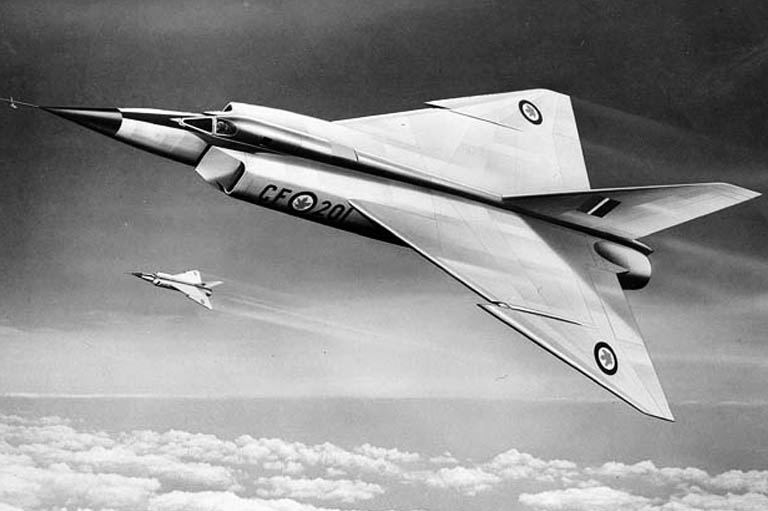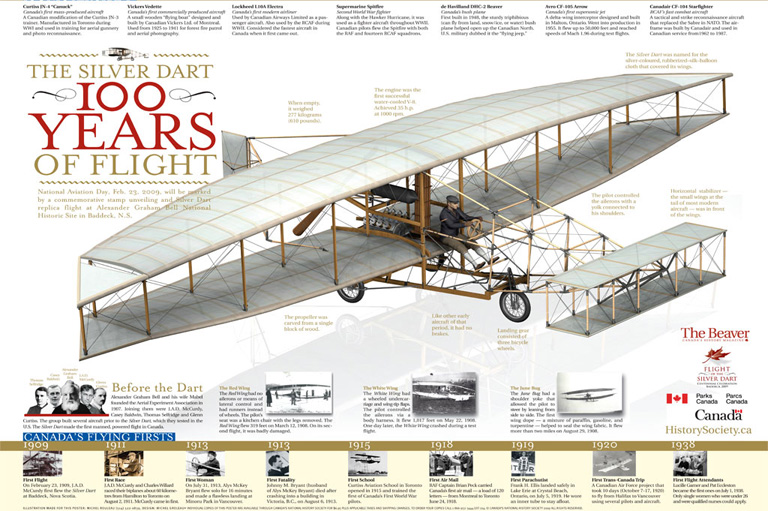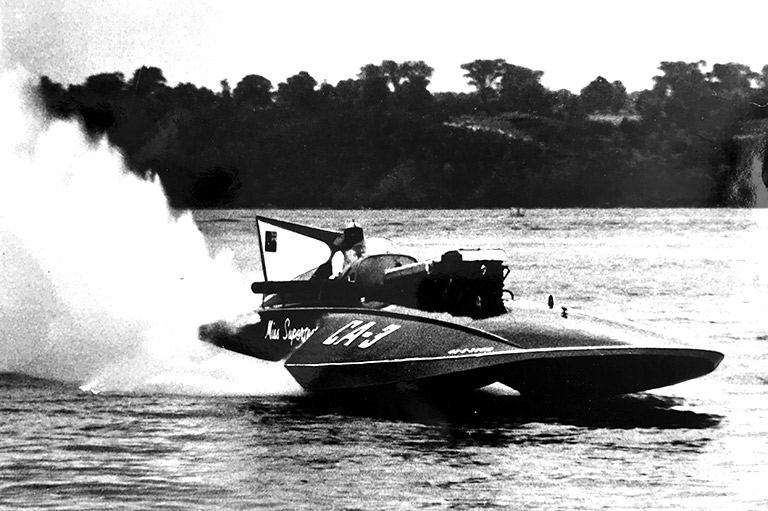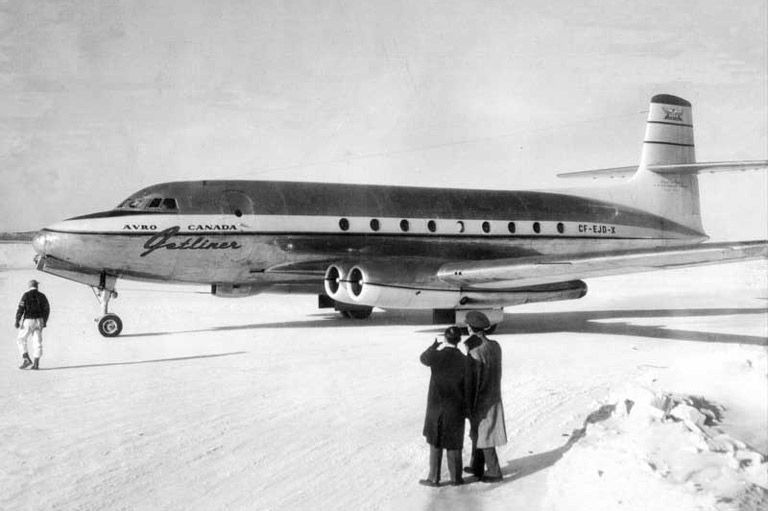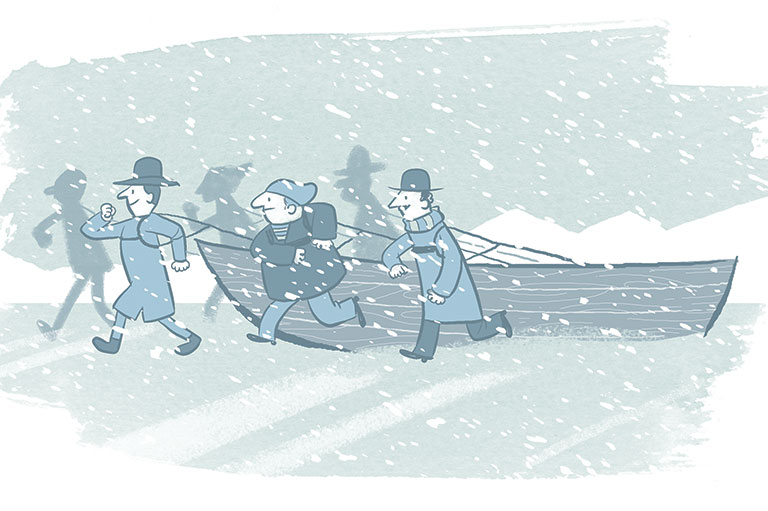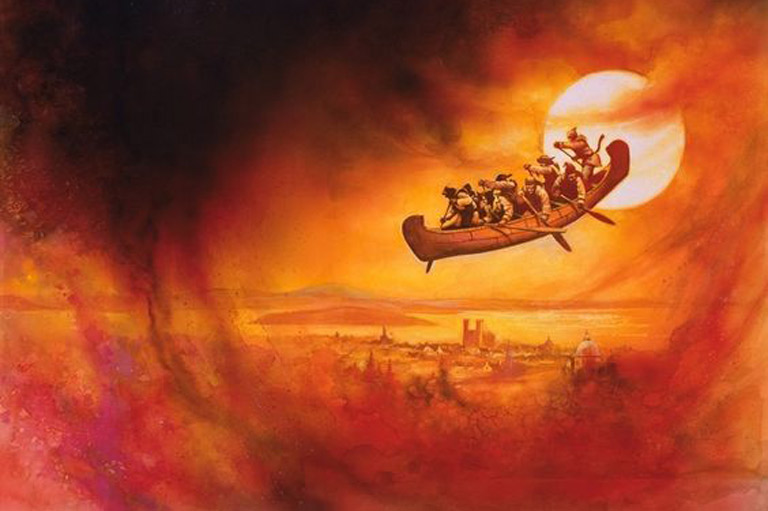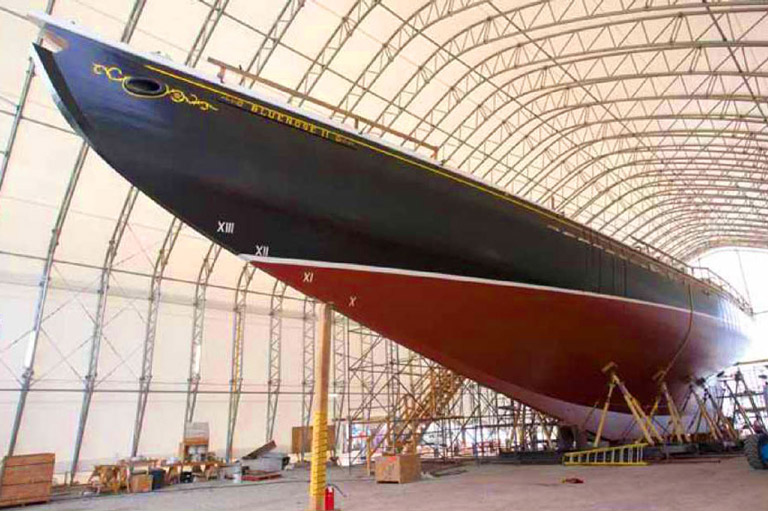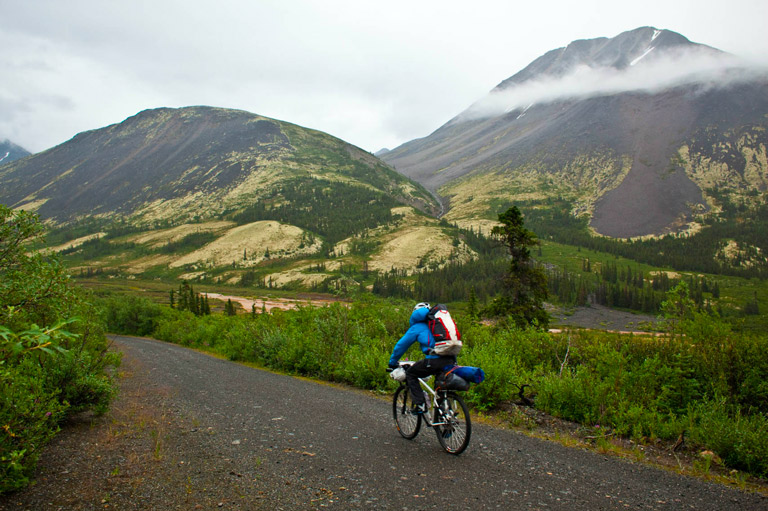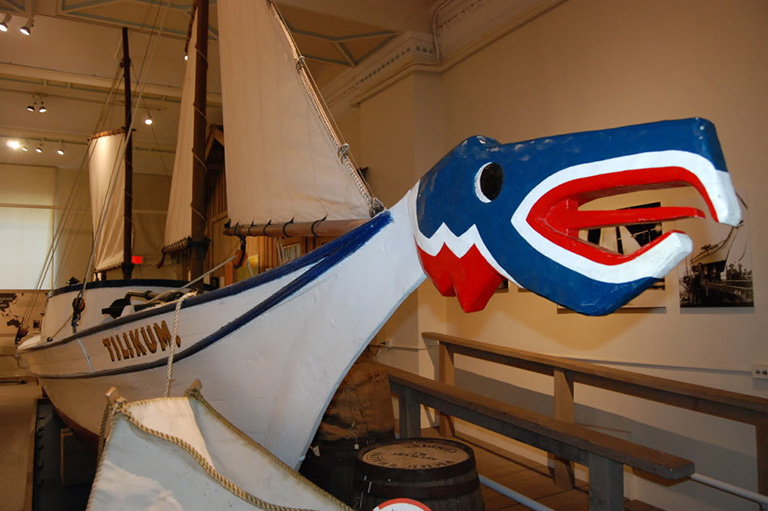Polishing History
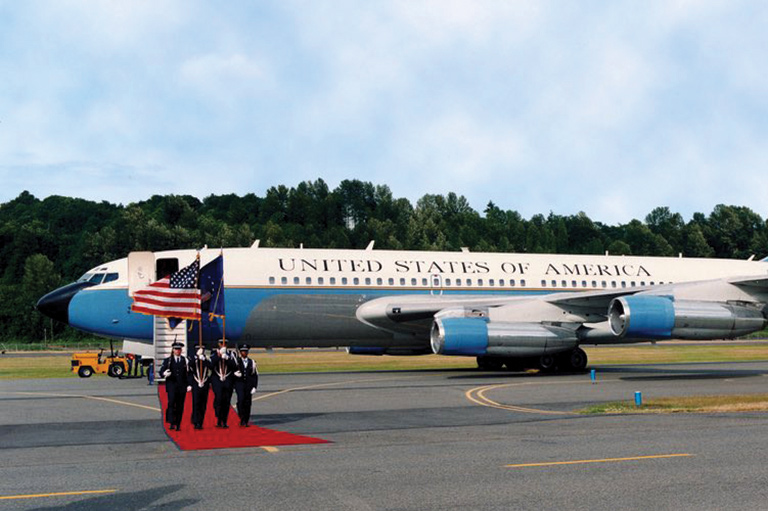
Every year, a team of volunteers arrives at the Seattle Museum of Flight. Their mission: To put the shine back on the museum’s collection of vintage aircraft, including the original Air Force One presidential jet.
Among those polishing the specially built Boeing 707-120 that served as the first flying Oval Office is Cris Aquino of Winnipeg. As the only Canadian on the thirty-five-member refurbishing team, he considers it a great honour as well as a daunting challenge.
“Getting invited to do this was exciting and nerve-wracking,” said Aquino. “You are restoring American history. That’s the scary part of working on it. You have to pay attention to what you are doing. If you damage the plane you damage the history.”
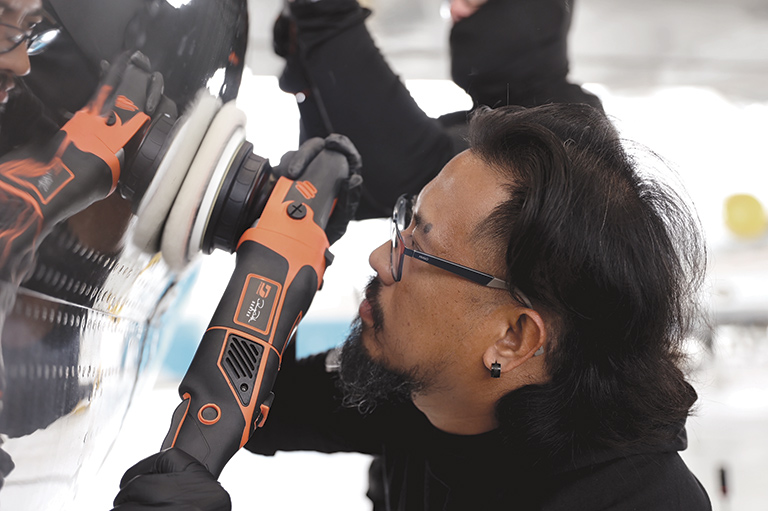
Aquino, an autobody detailer and machinist who overhauls helicopter engines, was invited to participate after taking a course in the United States with master detailer Renny Doyle, who has been restoring the first presidential jet for two decades.
Known as Special Air Mission (SAM) 970, the jet went into service in 1959 under President Dwight D. Eisenhower. A match for the high-speed Tupolev jet that Soviet leader Nikita Khrushchev was then using, the aircraft dramatically accelerated U.S. diplomacy: During his Flight to Peace goodwill tour in 1959, Eisenhower visited eleven Asian nations in nineteen days, a pace twice as fast as the previous propeller-driven planes could achieve.
In 1962, SAM 970 was replaced by a newer Boeing VC-137C. But SAM 970 remained in the presidential fleet as a backup, ferrying VIPs and the vice-president, until June 1996, when it was retired to its current home in the museum.
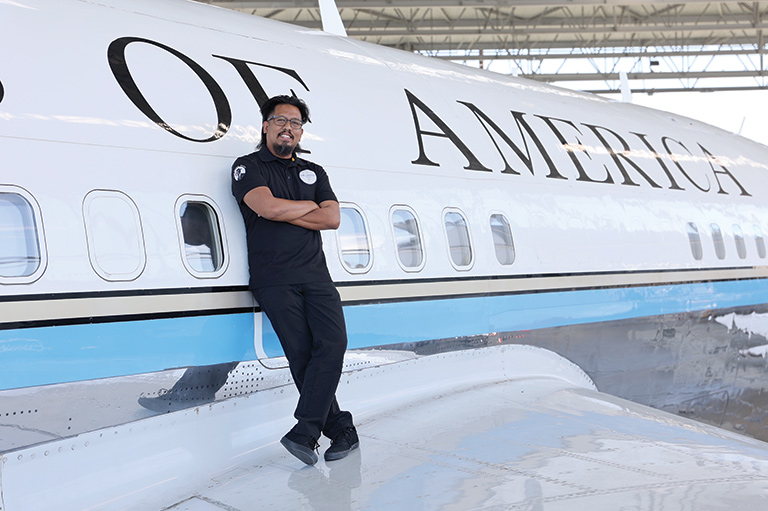
Since it is on display outdoors in a moist coastal climate, SAM 970 requires a makeover every year. That’s where Aquino comes in. Armed with a hand-held electric polisher and a bottle of polishing compound, he climbs up and down a ladder or lift and works on the plane’s aluminum body until it shines to a mirror finish.
“It’s physically very difficult,” he said. “We work on it for six days, ten hours a day. Mornings are cold, afternoons are hot, sometimes it’s raining.”
Aquino was ready to make last July’s adventure with Air Force One his last. But then a Second World War veteran, bomber pilot Dick Nelms, paid a visit to the site. “Talking to that veteran gave me a boost, and I stopped complaining,” he said.
Aquino plans to go back next year if asked: “I’m just honoured to be part of that, knowing that I’m the only Canadian who has touched that plane.”
We hope you’ll help us continue to share fascinating stories about Canada’s past by making a donation to Canada’s History Society today.
We highlight our nation’s diverse past by telling stories that illuminate the people, places, and events that unite us as Canadians, and by making those stories accessible to everyone through our free online content.
We are a registered charity that depends on contributions from readers like you to share inspiring and informative stories with students and citizens of all ages — award-winning stories written by Canada’s top historians, authors, journalists, and history enthusiasts.
Any amount helps, or better yet, start a monthly donation today. Your support makes all the difference. Thank you!
Themes associated with this article
Advertisement
With 7 uniquely curated newsletters to choose from, we have something for everyone.

